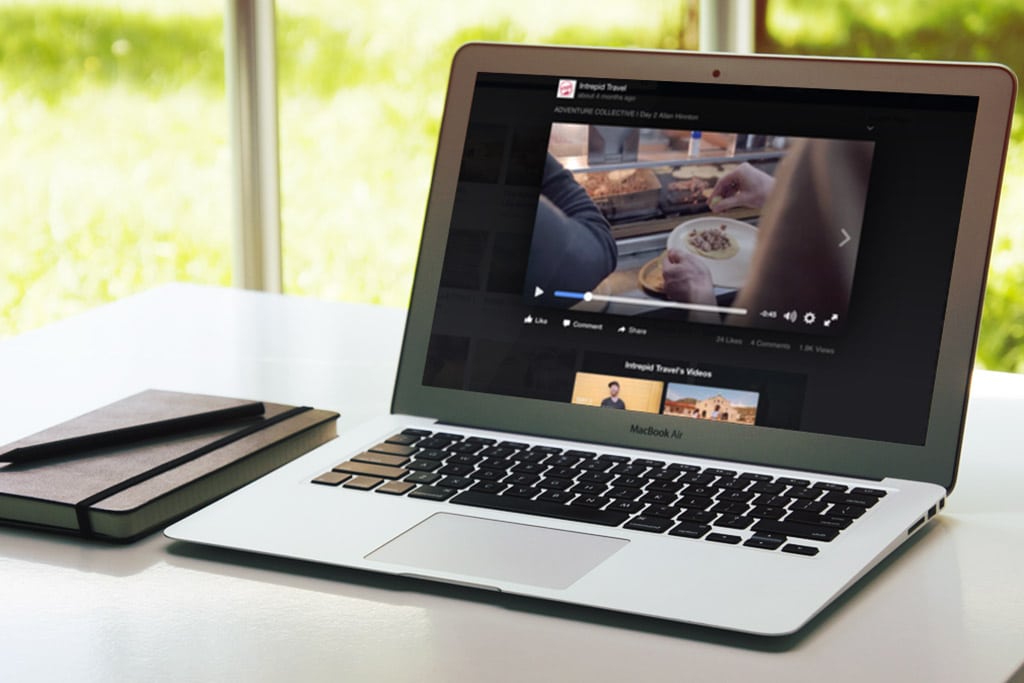How Smart Travel Brands Understand Facebook Videos

Skift Take
Facebook's utility and reach has been a boon for both users and brands, and travel content is among the most popular verticals in the ecosystem.
Earlier this week we launched a new report in our Skift Trends Reports service, How to Harness The Facebook Ecosystem in 2016.
Below is an extract. Get the full report here to stay ahead of this trend.
As of November 2015, Facebook was serving 8 billion video views per day, which is double the rate from just April of the same year. And it’s no surprise that auto-playing video content, especially when optimized for mobile feeds, is grabbing more attention than your average blog post or photo. Engagement on video tends to be higher in general, which then prompts the News Feed algorithm to serve it to more users.
Whether or not Facebook wittingly prioritizes video content over other formats is unclear.
“Since the start of the year, Facebook Pages are also sharing more t

